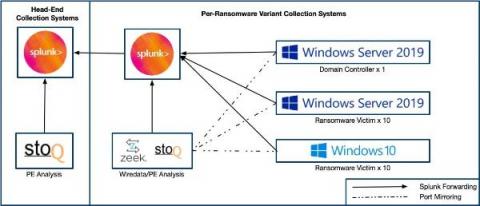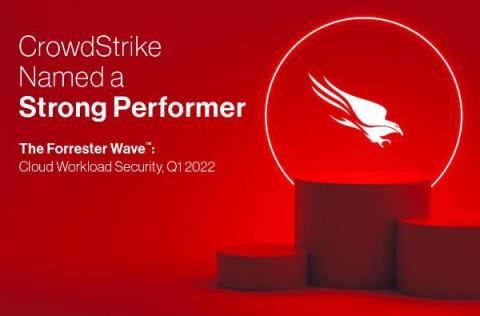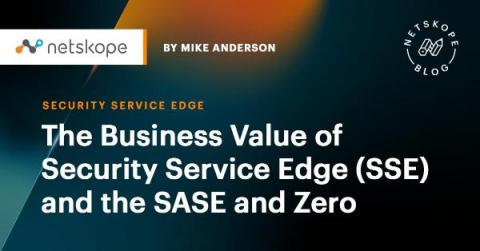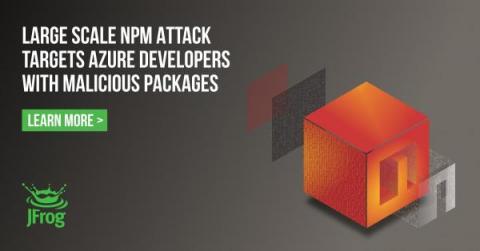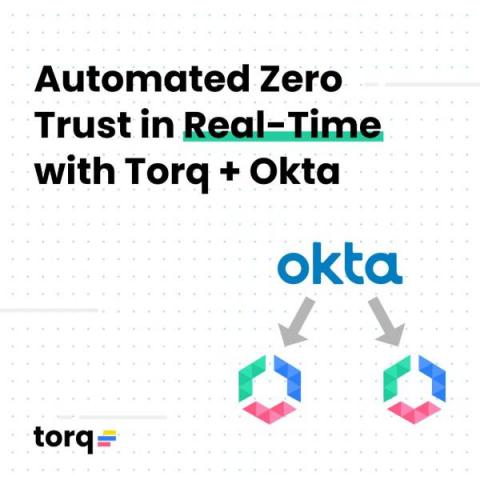The 3G network shutdown impacts more than just phones
As you have probably heard, 3G is phasing out. On February 22, AT&T shut down its 3G network. T-Mobile Sprint will retire its 3G network next week on March 31, 2022. Verizon, the last of the pack, will retire 3G by the end of 2022. What does this mean for your business and your security? The obvious answer is that older phones should be replaced as soon as possible, but the 3G shutdown’s impact will reach beyond phones, and that reach may affect your organization’s security.



